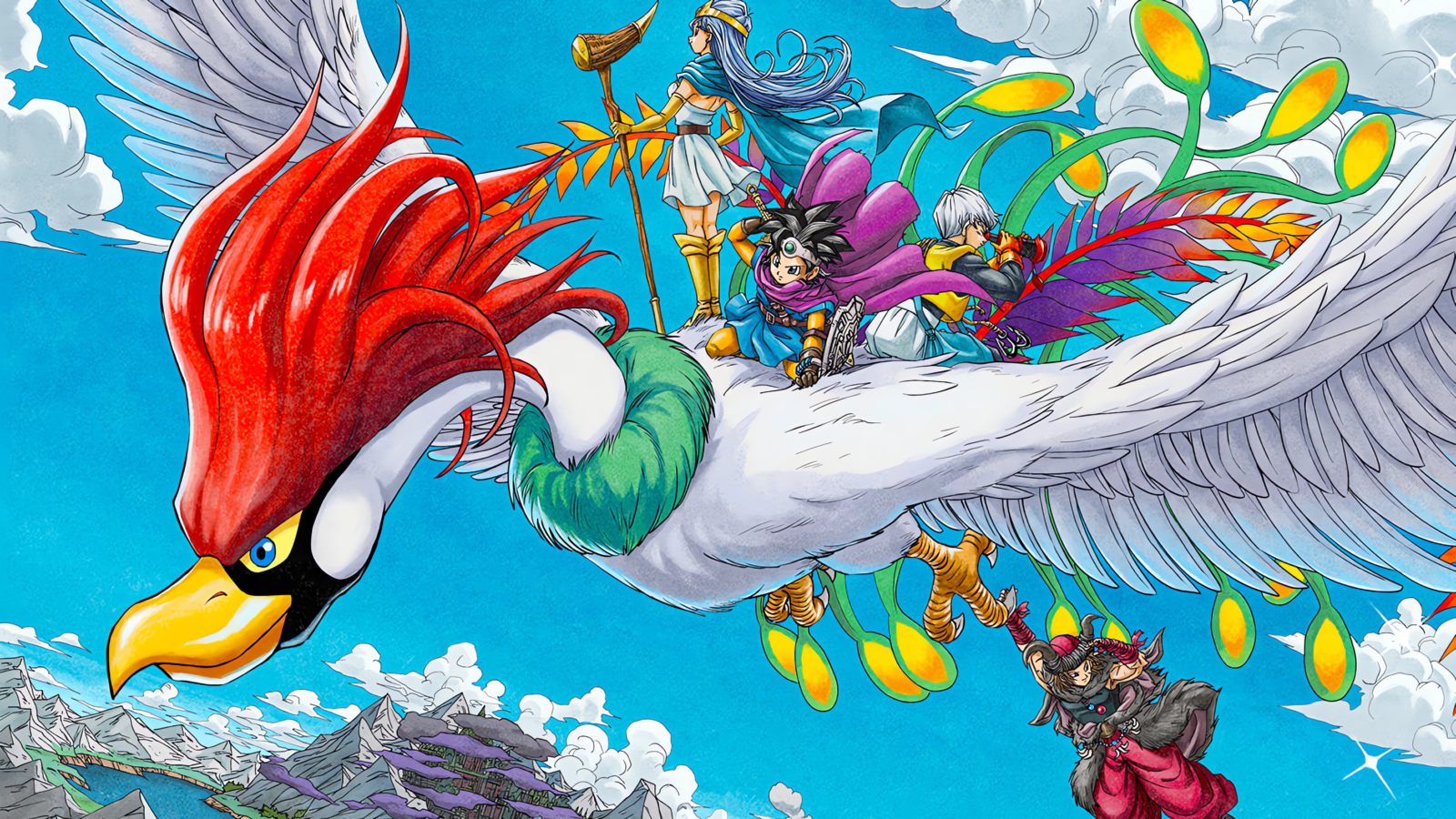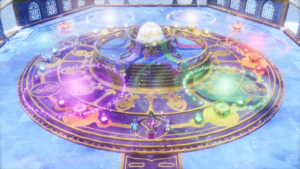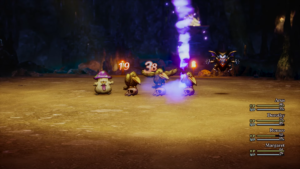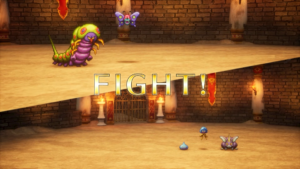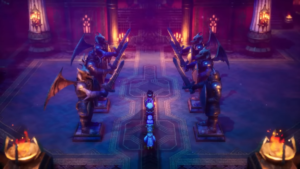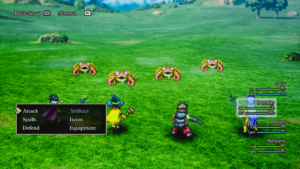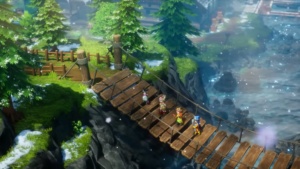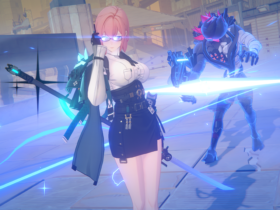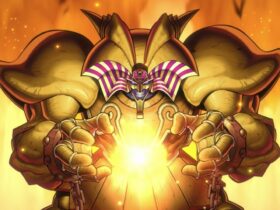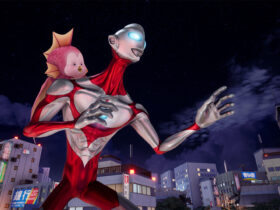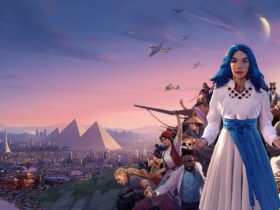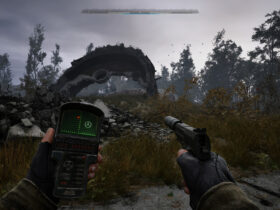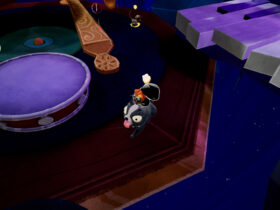The story behind Dragon Quest III HD-2D Remake is as classic as it gets, a product of the fantastical literary tradition that descends from Tolkien, Brooks, Moore, Vance, and Gygax: an obscure dark lord, the Ultrademon Padramos (Baramos in the original, and honestly, the reason for this new adaptation isn’t entirely clear to me), threatens the world’s balance, and our protagonist, a hero literally marked by destiny, must take up the mantle left by his deceased father and fulfill the mission he had committed to. But we won’t be alone: a group of loyal, brave, and interchangeable adventurers will accompany us on this dangerous quest, entrusted to us by the king of Aliahan himself. The charm of Dragon Quest III HD-2D Remake lies in its ability to blend the nostalgia of 8-bit games with the beauty of modern graphics. The entire scenery, crafted in HD-2D style, is an absolute feast for the eyes, a pixel art diorama that made me feel like I was inside a fairy tale, thanks to the craftsmanship of Artdink, which has ensured that every setting, from picturesque villages to the darkest dungeons, is meticulously detailed, enveloping us in a magical and adventurous atmosphere.
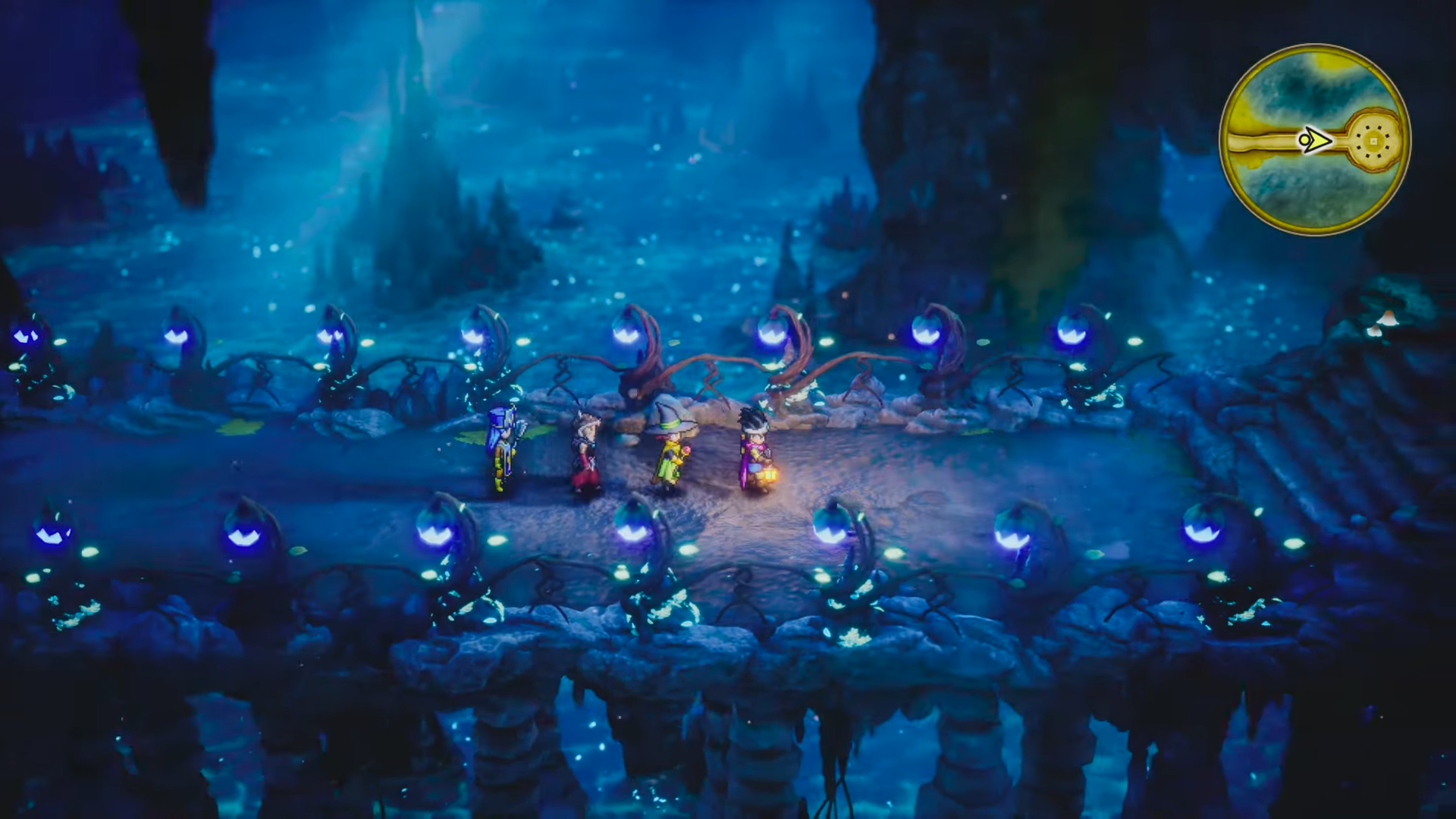
The gameplay, simple and intuitive, immediately reveals its accessibility, although it does suffer from some clunkiness that the current iteration has not managed, or perhaps did not wish, to smooth out. I’ve traversed vast regions, faced epic battles against all kinds of monsters, and solved intricate puzzles. And while I progressed through the adventure, I even forged lasting friendships with the inhabitants of the towns I visited, each with their own distinct traits (and accents!). It’s true, the lack of a “voice” for our avatar and distinct personalities for his allies, who resemble paid mercenaries more than companions to share the burden with, limits its expressive potential, but the assortment of stories told by non-playable characters contributes to creating a vibrant and cohesive ecosystem that we will inevitably become a part of. Dragon Quest III HD-2D Remake is not just a simple RPG; it’s a genuine experience. It invited me to unplug from reality and immerse myself in an extraordinary world that kept expanding with every step, where heroism, friendship, and hope triumph over evil. It was a journey that reminded me why I fell in love with video games, the current beating heart of JRPGs through which I recalled the significance of simplicity, stripped of the myriad shades with which modern writers seek an elusive narrative depth, which is often completely superfluous.
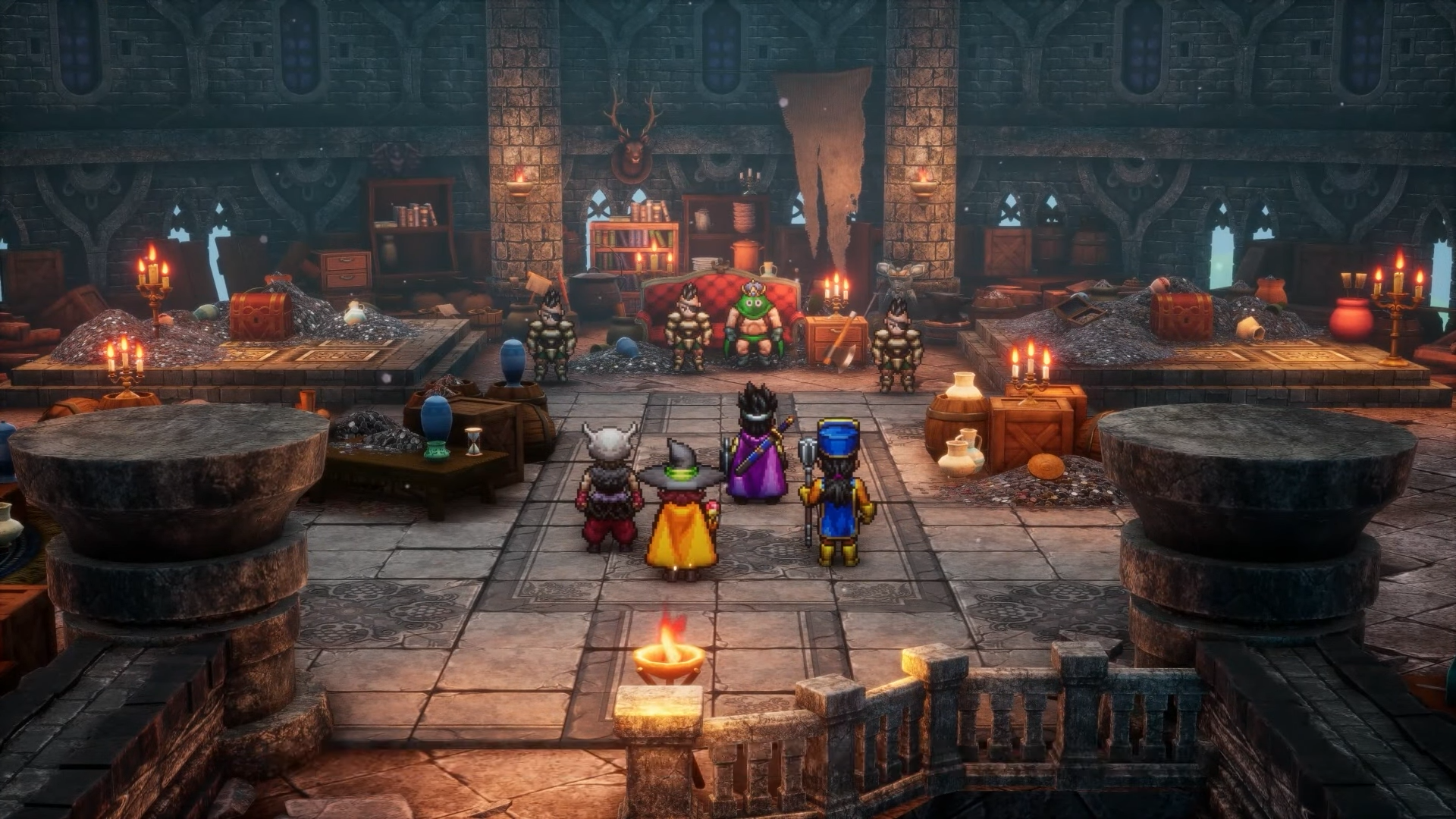
Dragon Quest III HD-2D Remake: from land to sky
Let’s face it, it’s easy to get carried away by the enthusiasm for the intrinsic value of the original and overlook the efforts put into creating such a lavish remake. However, in the case of Dragon Quest III HD-2D Remake, it’s impossible not to take a moment to appreciate the craftsmanship with which Square Enix has reimagined this little marvel. The plot, a classic clash between light and darkness as mentioned earlier, might seem modest and trivial, but it’s the execution that makes the difference. Every dialogue, every character, every corner of the game world is infused with an enchanting atmosphere that envelops us from the very first moment. Artdink and Square Enix’s Team Asano have done an excellent job preserving the essence of the original while making significant improvements: the breathtaking HD-2D graphics breathe new life into a world we thought we already knew, while the combat system has been refined to make battles more dynamic and engaging, and the additional features further expand the overall experience, three specific aspects that needed a contemporary revision more than any others.
As we should now know, the acronym “HD-2D” is not just a simple abbreviation but a statement of intent. It indicates a unique visual style, a masterful blend of the pixel art of classic games with the depth of 3D, an aesthetic that Square Enix has skillfully refined in titles like Octopath Traveler and Triangle Strategy. Imagine exploring dark dungeons lit only by a faint glow, or walking on green fields that sway in the wind. Every pixel is a brushstroke painting a lively and pulsating world, where every detail, every shadow, is crafted with mastery. It’s like flipping through an interactive illustrated book, where every page is a new scene to explore. But this remake isn’t limited to a simple graphical update. The gameplay has been polished and modernized, without distorting the essence of the original game: the battles, once slower and more methodical, are now more dynamic and engaging, while still maintaining their strategic depth. Additionally, the option to automate certain sequences has been introduced for those who prefer a more carefree experience. Dragon Quest III HD-2D Remake is an epic journey through vast and mysterious worlds, populated by legendary creatures and unforgettable characters. It’s an adventure that will make you laugh, cry, and ponder the nature of good and evil. It’s an experience that takes us back to our childhood or adolescence, when digital adventures were synonymous with discovery and wonder and the reward for helping those in need wasn’t (at least not just) a shiny armor or a powerful magical artifact, but the memory of the deed we had just accomplished.
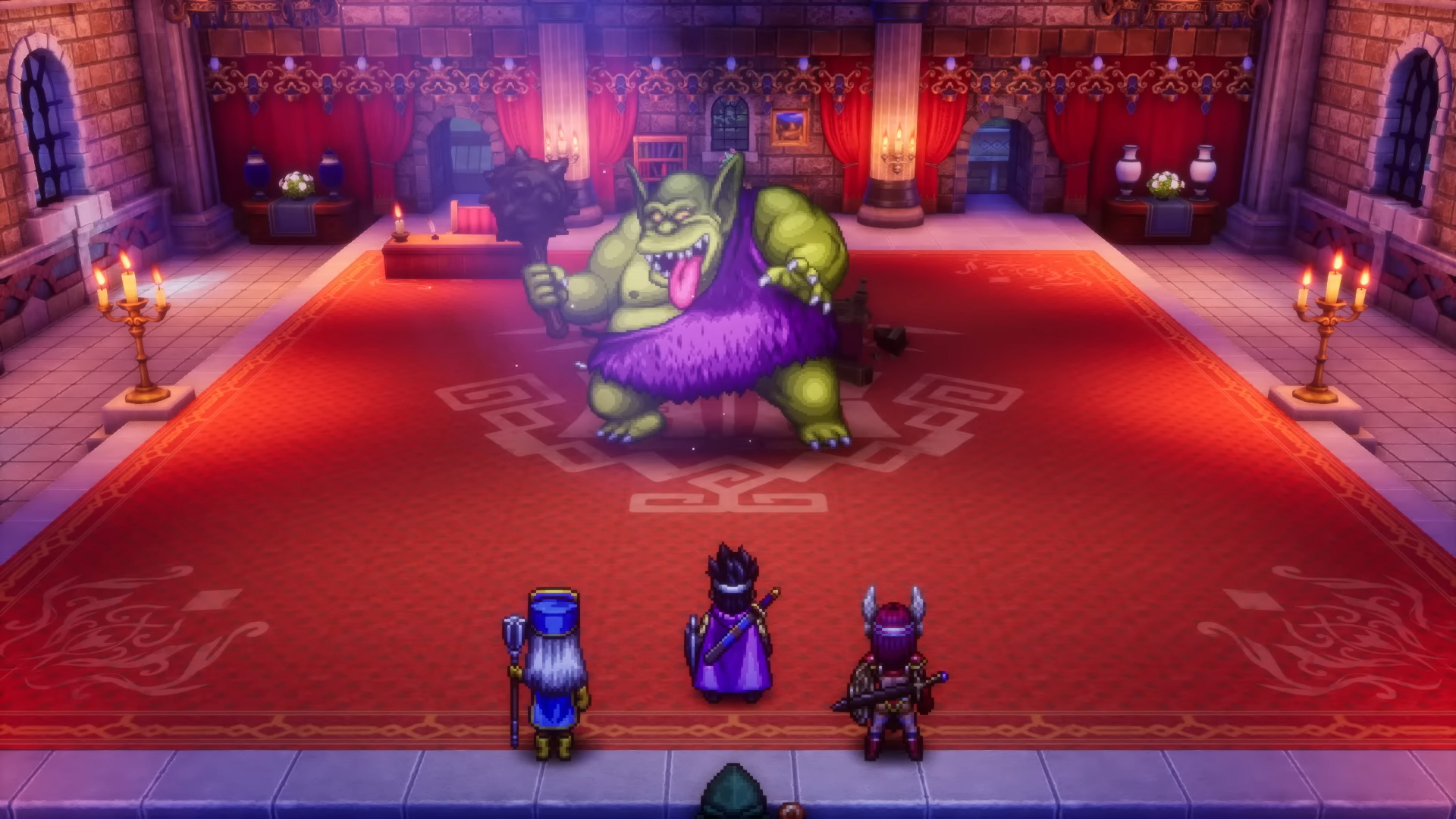
The Fate of a Hero
In addition to the graphics, our senses are immediately overwhelmed by the sublime orchestral soundtrack, a reimagining of the famous tracks by Koichi Sugiyama that makes us relive the emotions felt while playing the original, amplifying them with the symphonic grandeur they deserve. But that’s not all: the English voice acting is quite well done, and Dave Jones’s performance as Ortega is simply outstanding. The character, already charming in the original, has been further developed with the addition of new scenes and dialogues that make him even more complex and intriguing, of which I won’t provide any details here for obvious reasons. I would just like to add a small but loving initial detail: the book that our mother is reading before waking us up, which she then places back on the shelf, is a fantastic nod to the (true) ending of Dragon Quest XI, clear evidence of the ongoing care Yuji Horii extends to his whole work. At first, the sequence of events might seem a bit slow, but don’t be deceived: after a few hours, you’ll be completely absorbed by the dozens of side quests hidden in every place we visit, ranging from retrieving the crown of the sovereign of Romaria to seeking the Feniceterna, a sacred beast linked to the Goddess of this world that offers its help to the pure of heart. Exploration reveals a true treasure trove of secrets, with hidden areas, intricate dungeons, and unexpected encounters like those with gray slimes, those little silver monsters capable of granting an incredible amount of experience but who are horrifically quick to flee: hunting them down will be an adrenaline-filled endeavor that tests patience and skill. In this regard, one of the most interesting new features is the ability to capture monsters and have them fight alongside us in the arena of Romaria, a feature that the original only allowed players to bet on the outcome of the battles. This is a fun and strategic system that adds an extra layer of depth to the gameplay, allowing us to create a customized party and take on the toughest challenges. The creatures in Dragon Quest III HD-2D are also the source of the power of Domamostri, a supplementary class taken from Dragon Quest X that allows players to utilize various monstrous abilities to gain an advantage in battle.
As a title nearly forty years old, Dragon Quest III can still prove challenging for modern players. The scarcity of save points and the numerous random encounters between one save point and another can indeed be a challenge for those who may not be used to such design choices. Fortunately, the remake introduces several innovations that make the gaming experience much more accessible, one of which is the auto-save feature: every time we enter or exit a town or dungeon, the game saves automatically, eliminating the risk of losing hours of progress in the event of unforeseen circumstances. Additionally, three difficulty levels are available to meet the needs of every player, with the easiest making characters practically immortal, in contrast to the draconian setting designed to create a hardcore experience in every regard. If you’re unsure of what to do, the normal level remains a good compromise between challenge and playability. Another interesting addition is the optional presence of destination points on the map indicating the next stop to reach, a feature particularly useful for those who easily get lost in a game world that sometimes fails to explain itself as it should. Finally, important conversations can be saved whenever we feel it’s appropriate, allowing us to revisit them later, an interesting feature to consult when we’re unsure how to proceed or want to review an important detail. One of the most substantial changes involves the redistribution of certain elements from the original title, primarily the mini medals found in the Super Nintendo and Game Boy ports, altered to prevent players from ending up with an incomplete collection because some were placed in areas that become inaccessible after a certain point in the story. A legacy of the conversions is also the personality system, which effectively gives our hero and his companions a series of modifiers to statistics and experience: while the questions posed to us at the beginning of the adventure and the related small quests retain a certain charm, the overall implementation is cumbersome and decidedly confusing, to the point that we’ll be forced to refer to numerical tables created by fans at the time to fully understand how it works, as the explanations provided in the embedded hints are still imprecise and do not help to clarify which statistics are influenced by one trait or another. A missed opportunity, perhaps? Possibly, but it’s a minor necessary evil to enjoy the enchanting remake of a memorable epic.
Recently, we’ve seen a proliferation of remakes, often even of relatively recent titles. However, the present Dragon Quest III HD-2D stands out sharply from this trend, as its goal is not purely commercial but to offer an opportunity to revisit an authoritative ancestor. The significance of this version lies in its ability to reconnect us with the origins of a certain type of role-playing games, to redefine their standards, and to allow new generations of players to discover a milestone that has written a piece of gaming history, worthy of being rediscovered and celebrated. November 14 is an important date for all enthusiasts, not only of JRPGs but of video games in general: it’s the day when the past meets the future, when a timeless classic shines again, and when the enlightening genesis of an entire genre once again illuminates the ideal path to follow.


